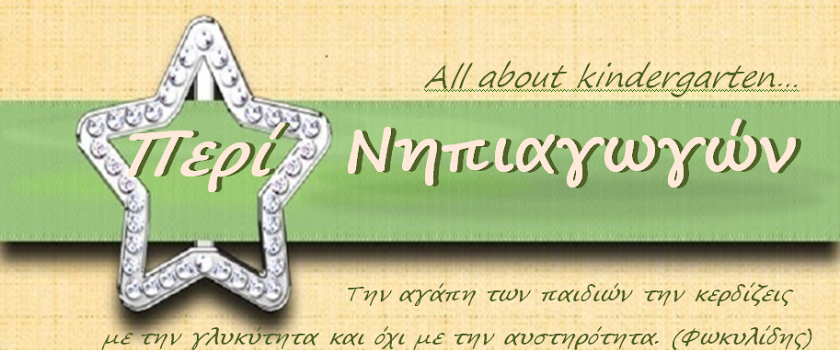A brief overview of Intimate Orientations
Anabelle Bernard Fournier try a researcher of sexual and reproductive health from the University of Victoria including an independent journalist on various fitness subjects.
Akeem Marsh, MD, was a board-certified youngsters, adolescent, and person doctor who has got devoted their job to working with medically underserved forums.
Heteroflexibility was a term always explain intimate attitude in which someone is normally straight but sometimes provides gender with individuals of the same gender. Relating to a little research, whenever 15per cent associated with the U.S. inhabitants determines as heteroflexible. So that you can understand what this tag ways, it can be useful to comprehend its background.
This post talks about what heteroflexibility means, just how this term surfaced, several of the reasons precisely why the term might thought about debatable.
Hetero- and Queer Orientations
In addition, it used real the male/female sex binary, aside from the idea of Two spirit from native cultures along with other societies where sex fluidity is a lot more recognized.
Something Heteronormativity?
In short, community treats heterosexuals as normal and unworthy of notice, while those who are maybe not heterosexual face added scrutiny, sexualization, and stigma.
The term heteroflexible has recently surfaced to explain people who have same-sex needs but still diagnose as mostly heterosexual. Understanding this brand-new sounding heteroflexibility, and so what does it mean?
The real history of Heteroflexibility
Intimate positioning classes starred in the belated nineteenth 100 years, aided by the invention associated with words «homosexuality» and «heterosexuality.» Prior to the development of these statement https://hookupdates.net/tr/flingster-inceleme/, homosexual acts were outlawed-there is no keyword for distinguishing as a person who have sex with others of the same gender.
In the greatest book «Gay New York», historian George Chauncey outlined just how ny males in the early 20th millennium could have intimate relations along with other males without losing their own character as «men» (which during the time, was actually similar to heterosexual).
So long as a man dressed up and acted in male methods and had been the acute partner, it had been appropriate to possess intercourse along with other men. Men who acted in feminine steps and happened to be the obtaining partner comprise also known as «fairies» rather than gay. It actually was all about sex overall performance, versus attraction.
Quite simply, making love with others of the same gender turned a lot more than an act: it actually was anything someone was, without anything anybody simply did-an identity over a task.
These categories are almost versatile through the final century. The 1960s and seventies happened to be looser with regards to intimate testing and character, whilst the 80s and 90s watched going back of obvious, firm boundaries all over measures which were acceptable from heterosexuals and homosexuals.
Heteroflexibility Now
In earlier times number of years, social experts have experienced a return to versatile notions of what it way to getting heterosexual. Data from 2018 by social researchers Carillo and Hoffman implies that men that an intermittent interest to and/or sex together with other men are able to expand the sounding «heterosexuality» to add their unique conduct.
Largely, they do this regarding doubting her attraction to males and writing on intercourse with males as limited to delight, whenever women can be unavailable, or as a «perversion».
This research concludes that in place of using a bisexual character, these guys change the definition of heterosexual to include occasional attraction or intimate functions with men-something that seems as being similar to the first 20th millennium brand new Yorkers that Chauncey analyzed.
So long as these males manage that they’re not inherently keen on men and respond in typically masculine means, they psychologically keep their particular heterosexuality-and right.
